RACE REPORT: IRONMAN SAN JUAN 2013
IMSJ 2013 RACE REPORT
Race: Ironman San Juan
Date: March 17, 2013
Location: San Juan, Puerto Rico
Results: 5:39:44 (Swim: 38:33; Bike: 2:35; Run: 2:17)
On March 17, 2013, I participated in the third running of Ironman San Juan. While I had (another!) disappointing performance, I enjoyed the experience immensely and highly recommend the addition (and prioritization) of this beautiful, challenging race to the bucket list of any long-course triathlete. If you’re considering the possibility of competing in this race someday, I have attempted to develop this report around the major features of the event, with comprehensive analysis of the race itself and the travel experience- in typical excessive and verbose Bart long-prose style. Translation: get comfortable, or walk away now.
Based on my experience, I can comfortably assert that Ironman San Juan (IMSJ) should definitely be a race any Ironman enthusiast should consider as their first (or next) international destination excursion. I say international, of course, because although Puerto Rico is technically a territory of the United States, the island has all the look and feel of a foreign country.
What makes Ironman San Juan such an ideal locale (and presumably so appealing to WTC, the parent company of Ironman racing) is that Puerto Rico represents the perfect fusion of a domestic and international experience. While everything from the local cuisine to the Caribbean architecture to the demographics of the race participants reminds you that you’re no longer in the contiguous United States, Puerto Rico still possesses all the important modern conveniences of a domestic destination, including:
- A relatively short, easy flight from the mainland (about 3 ¼ hours from Atlanta)
- Use of the dollar as currency (no conversion headaches)
- English-speaking residents (virtually everyone is bilingual)
- American power outlets (for all my Garmin devices!)
- Familiar tourist options (U.S.-based hotels, rental cars and restaurants)
- Familiar driving experience (American vehicles, roads, signage & customs)
- No need for a passport (and no customs!)
- Southwest Airlines starts flying their full-time April 2013… so look out!
Traveling to Puerto Rico forces you out of your comfort zone, but not so much that you become nervous, homesick, or distracted from your race objectives. Those who’ve had the opportunity to travel overseas know exactly what I’m talking about- if you’ve ever found yourself out of money, hung over and lampooned in the Italian mass transit system; you know the terror that international travel can sometimes produce.
The central paradox of Puerto Rico, and what surprised me the most about the island, is how many times you have to remind yourself that you’re still in the United States, and also how many times you have to remind yourself that you’re not. For instance, there is literally a Starbucks (and a Walgreen’s and a Subway and a Burger King and a Cold Stone Creamery...) on almost every major corner of San Juan. However, you’ll also experience things you’ll never see stateside: iguanas scurrying over the freeways (they’re like long Latin armadillos!), fuel sold by the liter, menus written in two languages and walks through Old San Juan that take you back to another century.
Starting at the the old Spanish fortresses and moving east through the Old City, past the gradually evolving neighborhoods of Puerta de Tierra, Miramar and then Condado (the site of the race venue), you literally feel as if you traveling forward through time. Ancient cultural landmarks give way to shiny military and government buildings, then upscale neighborhoods, and finally a new cutting-edge Convention Center. It’s a confusing but enjoyable experience, standing in the middle of a society literally in the middle of a massive transformation.
Similarly, Puerto Ricans seems to do an admirable job of balancing their island culture with big-city modernity. Unlike some of their smaller Caribbean neighbors, the island of Puerto Rico never feels small or isolated. You have plenty of opportunity to venture out of the city into the countryside, experience diverse activities and communities- even popular “satellite” islands (Culebra and Vieques), and interact with locals across the entire socio-economic spectrum. The further you venture out from the center of San Juan, the more you experience a more Central American-like environment. I think that’s what makes the experience so unique and fun: you’ve literally got one foot in two worlds, depending on your threshold for adventure.
Conversely, you could easily choose to enjoy your entire visit without ever having to leave a five block radius of the Ironman race venue. If you’ve ever traveled to Hawaii, then Puerto Rico feels a lot like Oahu. And the capital city, San Juan, feels a lot like Honolulu. And the race area possesses electricity similar to that on Waikiki Beach. I highly recommend this race and community to anyone with an addiction to endurance competition and a penchant for adventure.
Background
My journey to IMSJ will sound familiar to many, in that it did not go nearly as expected. Life happened, perhaps more in this race than in any long-course competition I’ve ever done. I rarely get sick- I just refuse to accept that the hint of illness is anything but psychosomatic. Typical tri-dork mentality.
I don’t think I’ve missed a day of work or school in twenty years- I just power through, even when it’s in my interest to step back. This foolish paradigm finally caught up with me this winter, perhaps the worst allergy season in recent years. It came early and often down here in South Central Texas, affecting everyone to some degree it seemed, and weakening immune systems that opened the door to a lot of more traditional ailments like pneumonia and the like.
I got the flu, and I got it bad. This was a totally new experience for me. As a triathlete, I’m used to teetering perpetually on the edge between sickness and health- basically living on borrowed time you could say. But when the flu struck me, it knocked me down for the count for an entire week. I basically lost a full week of workouts about a month and a half before my race, right in that crucial period of the peak phase of periodization training: the final “run” when you’re banking maximum TSS and applying maximum volume across all three disciplines.
Losing those valuable sessions was bad enough. During this ordeal, I found myself surviving on a steady diet of Nyquil and Dayquil and orange juice and vitamins. It was the typical triathlete response: a virtual blitzkrieg attack on the virus, the delusional more-is-better approach we often apply to everything else in life, and with mixed results. My kitchen looked like a meth lab- I think I went through three Dayquil-Nyquil combo packs in that one week alone (the FBI probably has a file on me now). It didn’t work. I would come home from work early and fall immediately to sleep (many times with my clothes still on), smart enough to set an alarm clock driving home before falling into a perpetual stupor for the next 12+ hours. It was surreal.
What I hadn’t expected, however, was how lousy I would feel- not only during the actual week of sickness, but more importantly that week after, when the major symptoms had passed, but the more insidious underlying damage would linger. While I was no longer sleeping 12-hour nights in my work clothes, I was literally drained of all life, and my workout sessions were a complete disaster. My brain could still recollect the incredible progress I had made over the off-season and was expecting a commiserate response to the dosage, but my body was totally unresponsive. It felt like I had inhabited another body. And this was frustrating and worrisome.
I could literally see the days toward the race ticking away, and my control-freak outlook to everything was finally discovering there are some things in life you can’t fix with simply more effort and mental focus. I was going to have to wait this out, and commit to recovery first and foremost.
Of course, the storm eventually passed, my body surrendered a lot of the strength I had accumulated in the base and build phase of the winter, and I lost over 6 pounds in just two weeks. I had desired to be a little leaner, but not like this. I committed to making up for lost time in a prudent, measured manner the final four weeks and just hoped for the best.
And then a tree fell on my house. A couple actually.
We had a crazy wind storm in early March- about three weeks before the race- so strong that it literally brought down large trees throughout the neighborhood. Mine was the only home on the block that absorbed a direct hit, of course. I was certainly lucky in that the tree(s) seemed to settle on my home more than actually crash into it. Upon initial inspection, however, I realized that I was about to either 1.) shell out some bones to hire someone to solve this problem, or 2.) adopt a new hobby for the next three weeks.
I’m cheap and basically bankrupt from this crazy sport, so of course I opted for the latter. I bought a cool chainsaw (I now realize I should not be allowed anywhere near power tools of any kind, much less a damn chainsaw. God Bless America.) I also purchased gloves, protective goggles and a ladder, and ran train on that tree for 2-3 hours a day for literally ten days straight. It looked like Katrina back there for awhile, and the neighbors were starting to get annoyed with the flood lights and chainsaw going at 9 PM. But I was a man possessed.
I was initially distraught with the time commitment, just envisioning all the valuable training I could be engaging in, instead of playing Johnny Lumberjack. My first thought was honestly to just leave the thing up there until I returned from my trip. I quickly realized that was stupid, irresponsible and really pushing my luck. I’m in love with triathlon, but there are limits.
I then thought about just removing the trees off the house and then dealing with the next steps later, and that was my plan in the beginning. And that probably would have been the intelligent thing to do. But as soon as I got the tree off the roof, I realized that I can’t do anything half-speed, half-way or half-ass. It’s just not my nature. And many days later, I had the entire series of trees dissected, sorted and piled neatly in the corner of the backyard. (Each of those big logs weighs about 150 lbs, no lie- I was running my own Tough Man competition.)
There were four victims in the end: the two original offending trees, another that had cracked and was leaning dangerously, and one I took down just to show the others that I wasn't messing around. This was a scorched earth campaign, taking me well over twenty hours of intensive effort over three weeks to complete. Part of me was devastated by the time lost, another part of me was proud of completing the task without hurting myself, the house or others. The last part swore I would never own a home again for the rest of my life. Renting is the way to go for sure.
Regardless, I got in a few decent workouts in the weeks immediately leading up to the race, a couple good ones, and I convinced myself that the hard labor might have some magical ability to replace swim, bike and run training. Haha. My arms might have gained some strength, my legs got some cross-training, but there was no doubt this was not the taper of my dreams.
It is what it is- I wasn’t gonna cry about it. Life happens, you adapt, you make the best decisions you can and you live with the consequences. One thing is certain, though: the odds of another tree falling on my home (this was the second time in three years) had dropped dramatically. There were no trees left in the immediate vicinity of the house, and those nearby had been clearly warned.
Bike Shipping
The other major pre-race issue I encountered was self-imposed. A certain triathlon bike transport company basically destroyed my expensive carbon tubular wheels at a race the year before. I was furious and crushed, and decided I would never use them again, of course. The problem is that they’re basically the only legitimate bike shipper allowed in the Ironman Village. Others are permitted on or near the property, but they're really in charge, especially for overseas races.
This principled, stubborn decision left me with only one legitimate option: to learn how to break down and ship a bike by myself. It was an intimidating proposition. Most triathletes I know are completely ignorant on bike mechanics, and I was the poster-boy for this condition. I don’t even like to swap wheels, so the idea of removing derailleurs and aero bar stems and brake cabling was not on my list of favorite activities. And my ambitious plans to schedule dedicated nights for learning this skill during the taper phase were hijacked by the flu and the tree debacle.
Somehow I carved enough time out of my schedule by simply cutting sleep. Another brilliant strategy and my third lame excuse for my less-than-ideal taper leading up to IMSJ. But I got ‘er done- I’m practically a Cervelo bike surgeon by now. I was able to completely disassemble and rebuild the bike three times the week before the race, spending many hours meticulously performing and then documenting the many steps involved in the process. And all without ending up with an extra screw that might have resulted in me impaling myself with an errant stem or saddle accident.
Disassembling a bike is a complex, frustrating and time-consuming learning experience, and should be avoided if at all possible. I’m honestly still not sure if it’s ultimately worth the effort. I won’t say the process wasn’t without incident- I don’t think I’ve cursed that much in a long time. And I went through literally dozens of bags of Pledge wipe strips removing bike grease from virtually every inch of my frame and the bike’s. But today, I think I could field-strip the thing blindfolded. I feel it flinch every time I walk into the room. And this produced within me a huge sense of empowerment, since I can barely change a light bulb.
I kept trying to tell myself that in the grand scheme of endurance sports, bike disassembly and shipping would be a valuable skill- like learning the flying dismount- and that regardless of the training time I sacrificed for this, it was all part of the ultimate journey in the end. You can get quite philosophical when you’re focused on adjusting bike brake cabling without severing an artery.
I was extremely fortunate to procure a bike box from a generous benefactor on our local tri-club, HCMS. It was a Tri All 3 Bike Case and the thing was as large as it was tough. It’s practically bomb-proof. Packing a bike is easily as difficult and stressful as taking one apart, and combining the two activities in unison calls for major patience and discipline. Either that or powerful antidepressant medication.
I kept scary-detailed notes on the process, made many trips to Wal-Mart for items as random as pipe insulation and (no lie) yoga blocks, and truly had more fun with electrical tape and bubble wrap than a grown man should be allowed to have. By the time I had completed the third round of disassembly and storage, I was a packing ninja. You could drop this box off of a building- and I suspect the airline tried- and it still wouldn’t crack. Overkill? Probably. OCD? Definitely. But my most valuable possession made it to San Juan and back in one piece, and that’s all that really mattered.
The other side of that story is it almost didn’t. What Tri All 3 apparently doesn’t know, nor did the home office representatives of Air Tran, is that the bike is too big for shipping- at least on that airline. Because of my past experiences, and my propensity to attract incredible bad luck both in and around any triathlon event, I arrived at the airport extremely early for my flight to San Juan the Thursday before the race.
After a night of frantic, last-minute packing (and the requisite multiple trips to Wal-Mart in the middle of the night for Pledge wipes, energy bars and Tide travel packs, to name just a few items), I feel asleep arount 1:30 AM, only to wake early enough to be driving to the San Antonio Airport by 3:45 AM that same morning for my flight at 6:15 AM. Traffic delays caused me to arrive at 5:00 AM, but everything looked good. That was, until the ticket agent informed me the bike box was too big to ship.
Of course, I laughed. Here we go again, I thought. He told me that Air Tran restricts any luggage exceeding 80 inches combined. My box, Tri All 3’s Velo Safe Pro Series “Original” was 101 inches (51"L x 18"W x 32"H.) Not even close. Inside I was shocked, but I responded (truthfully) that Air Tran corporate had failed to tell me this when I called in earlier that week, that leaving the bike was not an option. I basically begged and pleaded with him to make an exception.
Perhaps the saving grace was the thing only weighed about 35 lbs, which was well below their 50 lb maximum. I basically became so upset that I think he just felt bad for me. They were way understaffed at the desk, the line of passengers was getting borderline unruly, and I think he just didn’t want to deal with it. The bike made the flight. No one at Air Tran said a word on the flight back, and all was well in the universe. But it was close- I definitely had the biggest bike box in San Juan that weekend, and got pretty lucky.
Air Tran only charged me $50 each way, mostly because of the fit I threw on the way there and some flirting I had to engage in on the way back. But that is far less than Delta’s $150 per flight, and TBT’s $300+ cost to ship the bike intact. I guess the decision to ship yourself or hire a transporter all depends on what your time is worth.
I barely made the flight out of San Antonio- basically déjà vu all over again from IMCDA. Group 3 was already boarding as I arrived at the gate. Travel Tip: If you’re flying out of SAT on any Thursday or Friday morning, please allocate at least an hour just to get through security. Or sleep in the terminal. It’s a logistical nightmare- I had at least three people beg me to let them cut the line to make their flight. As much as I wanted to (karma, etc.), I knew I would be lynched by the people behind me, and potentially miss my own flight.
I felt terrible for those passengers, knowing they had at least 45 minutes to make a flight leaving in 20 minutes: you think 30-45 minutes should be adequate time at 5 AM, but you’d be wrong at SAT. You need to be standing in the airport at least 2 hours in advance of your flight to navigate this place stress-free. Just bad on top of bad, I was glad to shake that monkey off my back. I was beginning to think my role in life is to make every dumb mistake a triathlete (or human) can make, and then document it. Had I missed that flight, I’m pretty certain I would have gone postal somewhere, some time soon.
There was plenty of douchey triathletes on the flight. This guy probably wins the prize, though. Super-fit, tri trucker cap, tri hoodie (in Puerto Rico? Seriously?), matching shorts, compression socks, red tri-running shoes, red rubber bracelet to match his red shoes, zoned out to iPhone, extremely expensive bike box, extremely expensive bike, extremely expensive wheels. And, of course, super nice... Ladies and gentlemen, the face of modern triathlon:
And we wonder why roadies won’t hang out with us.
Lodging
The other major aspect of my travel adventure to Puerto Rico was my questionable choice of lodging. As most know, when it comes to travel I can exercise questionable judgment. Some might argue that I’m excessively cheap. Guilty. This sport is basically one giant arms war, and I’m hanging on by a thread. And everyone knows I harbor deep resentment towards the phenomenon I call the Ironman Gouge. It represents the financial molestation a long-course athlete inevitably endures as part of their travel to and from a race. I resist it like it’s the lost fourth discipline of multisport.
As a result, I always seek the most affordable travel accommodations possible that don’t slip into pure pound-foolishness. I often tip into that chasm, as I did at IMSJ. I choose a hostel in the middle of San Juan that received wonderful reviews on Trip Advisor. But a hostel is still a hostel.
Maybe I shouldn’t have reserved their absolute cheapest room. Maybe I should have opted for a closer hotel. I definitely should have considered the impact this decision would have on my race preparation. Nevertheless, while not necessarily qualifying as a traumatic experience, I have now accepted that a hostel- no matter how popular- probably exceeds the threshold of frugality a triathlete should exercise during a destination race experience.
For one, Old San Juan is a good three miles from the race venue, generating a lot of stress and enough cab fares back and forth that I probably didn’t even break even on the savings versus staying at a closer hotel. In addition, it’s been a little while since I last stayed in a real hostel, and I had forgotten to consider both the age and disposition of the average guest there. Virtually every night was punctuated by raucous and rowdy party-goers arriving home around 3 AM- usually full of piss, vinegar and God only knows what else.
In fact, the most distressful situation of the weekend occurred as I arose to use the bathroom the morning of the race, around 4 AM. I was confronted with one of these revelers who had just arrived and was actually peeing in the sink of the closest bathroom to my room. Fail. While I initially considered inquiring into why he had chosen the sink over the toilet right next to it, I immediately thought better of it, and decided to just move on down to the next closest bathroom down the hall instead. (Smart decisions like this cause me to think I’m finally becoming an adult.)
My room was small, incredibly small. It was smaller than my closet at home. So small in fact that I couldn’t even fit my bike box in it initially without moving some stuff around. Seriously. That was a moment of clarity that I tried to burn in my brain so I wouldn’t be so stupid next time. (Good luck with that!)
This was literally the size of my room. No lie, it was probably no bigger- or nicer- than a cell in a minimum security prison. It was almost comical. The bed was as soft as a board, and the pillow could actually be folded in half without springing back. The walls had sealed connections for what must have formerly been a sink and shower. There was no daily room cleaning service. The AC window unit had two options: On and Off. The window was two by two, about eight feet off the floor and basically painted over.
So I laughed it off, as usual. The truth was the entire hostel was sold out, and the receptionist commented that I must have booked it months ago because it’s so popular. I guess when you’re paying less for your entire five-night stay then one night at the host hotel, you have to expect there will be sacrifices made. And the location of this hostel was incredible- directly in the heart of beautiful Old San Juan.
You were actually so centrally located that you could actually see the drug dealers prowling the streets from your balcony at 4 AM. You could also see the cruise ships as they docked and unloaded seemingly endless streams of passengers headed straight from the docks to the Sheraton casino next door at 8 AM in the morning. Now that’s a crappy American vacation if I ever saw one.
In retrospect, the hostel wasn’t that terrible. My conclusion would be that this particular hostel was not a bad option, especially on a normal vacation, especially one on a tight budget. It would simply not be my first choice of lodging for an Ironman.
Oh well. Lesson learned. Probably. (Probably not.)
(ACTUAL) RACE REPORT
Weather: 4
The weather in Puerto Rico during the winter is for the most part wonderful. But make no mistake: that close to the equator, there were times during the middle of the day when it became quite hot and uncomfortable. You just don’t expect it to be in the nineties in March, and with the humidity and little shade, I could really feel it during the race- mostly on the run. And of course, what is comfortable to walk around in is often tough to complete a triathlon in- after six hours of continuous movement, IMSJ seemed to waver between warm and beat-down brutal.
The coastal wind provides a welcome relief from the heat, but it’s deceiving: this race environment requires heat training (especially the run) to perform at your best, and should be approached with caution by participants from the north. There is virtually no shade at all for the entire 70.3-mile race, so the longer the race goes into the day, the more challenging the experience becomes. From about 11:00 AM until approximately 3:30 PM, one will definitely be affected by the heat. Before and after this time period, however, it’s great. Fortunately, the majority of the run follows the beach and the winds help.
Most of my preliminary research of the race indicated an easier bike and a tougher run, and this was my experience as well. However, unlike in the first two years, racers were treated to some challenging wind on the bike course this year, which I believed really changed the nature of the race- not just for me but for many others as well. We even had some serious rainfall for about five minutes on the bike, so intense that I almost pulled over. With all of these conditions, I guess you can say we got our money’s worth from mother nature. But for most competitors (especially those traveling from colder climates), the conditions were ideal.
I would love to give IMSJ a five for weather, but have to subtract half points for both the wind and a complete absence of shade for the entire race. I know lack of shade is not really weather, but run around for a few hours in 90+ degree humidity and then get back to me on that. Maybe I would have gone five stars if Ironman didn’t always stick 30-40-year-old men in the last waves of every race, forty minutes after the start. That means the slowest of us (i.e. me) get the short end of the stick every race. (OK, venting complete.)
Competition: 4
I thought quality of racer was one of the best aspects of IMSJ. First and foremost, this year’s race was completely stacked at the elite level. I suspect a lot of them were looking to validate slots for Las Vegas 2013 as early as possible, so they could focus on Kona the rest of the season. Leanda Cave, Mirinda Carfrae, Cat Snow, Linsey Corbin and (Austin’s own!) Kelly Williamson were notable representatives on the female side; while 2012 winner Tim O’Donnell, uber-biker Andrew Starykowicz, Dirk Bockel, Faris Al-Sultan and Jarrod Shoemaker showed up for the men.
It’s always difficult to get an accurate perspective of the age-group quality in any race, but when you spend as much time out on the run course as I do (yuck, yuck), you become pretty good at it. I would argue that IMSJ was quite competitive- similar to Oceanside 70.3, slightly better than Galveston 70.3. Of the 1400 registrants, only about 1100 finished the entire race. That’s a pretty tough race by any standard.
Almost 250 finishers were women, which is about average for Ironman. But the girls looked strong- very strong- across the board. I don’t remember one time where I thought, “That lady doesn’t belong out here. She’s in over her head.” These chicks were the real deal. When you’ve got two out-and-back run loops, you can usually gauge yourself based on where you see other racers on the second lap. And from where I *stumbled,* very few women looked unfit or were walking, even the masters ladies. That was one of the major observations of the race that stuck with me.
The men, on the other hand, seemed a bit more evenly spread out across the Ironman bell curve. They were generally pretty fit, though. A field of above-average quality seemed logical: I suspect you get a more dedicated, experienced (read: crazy) age-grouper traveling to an event this far away.
To no surprise, there was a significant contingent of Puerto Rican and Latin America men across in all age groups. Of course, my age group was enormous- with so many insecure, middle-aged dudes they had to break our AG and the 30-34 AG into two swim waves each. As a result, the men’s field definitely contained more participants that were perhaps, ahem, undertrained. This is similar to the balance of white guys you traditionally observe in long-course racing stateside: extremely expensive equipment, matching kits, impressive physiques and lots and lots of talk, but a wide dispersion of actual performance.
So in my observation, the IMSJ spectrum of competition contained a ‘fat head’ of professionals and semi-professionals, with the age groups composed of lots of pointy-end females, still above-average American middle-aged men, a vast dispersion of Latinos, and very few racers in their twenties. And me, of course, just trying to survive.
Organization: 5
Ironman San Juan seems to have it all figured out, in this only its third year. I will acknowledge that the community really rallies behind this event as a huge tourist draw. I noticed this first when driving the bike course the day before the race- this is the only triathlon of any distance that I have ever participated in where they actually shut down entire sections of freeway (State Highways 1 & 2) to accommodate the cycling portion of the event- these are busy road arteries into town, not some backwoods rural roads.
They even closed down a major seaside road (165) for the bike, and several critical feeder roads into Old San Juan for the run. As we drove around during rush-hour on Saturday afternoon, I thought to myself, “There’s no way these guys will completely close this street. Locals won’t stand for it.” But they did, and they do. I predict the situation is quite comparable to Ironman’s closing of the Queen K Highway (bike/run) and Ali’I Drive (run) in Kona.
Coming from a community where the residents generally hate fitness- and bicycles in particular- I was shocked that the public in San Juan would allow organizers to completely shut down a freeway into downtown or beach access for an entire morning. But such is the importance of tourism to the island that they can. And, of course, not only did this produce a unique cycling experience, but an enjoyable one as well. Just imagine the biggest freeway in your city, and then imagine cycling down the middle of it all alone, with all cars relegated to the frontage roads. It’s that kind of awesome.
The aid stations were all generally well stocked for the bike and run course. The vast majority of the bike course is completely shut off from vehicular traffic, and the entire run course occurs on closed streets. La Policia are everywhere in San Juan normally, but they were even more omnipresent during the race- with at least one officer- usually two- at every intersection. (Usually texting, but hey, it’s 2013. What do you expect?) No car gets near the course of Ironman San Juan, and motor bike cops are patrolling up and down the bike and run routes all day, completely focused on ensuring both participants and spectators feel safe.
The race expo was actually pretty solid, so much so that I give it a big “A.” It’s basically a more professional version of Galveston or Austin. A lot like Buffalo Springs. Jeep is the sponsor, so it’s set up a little like a car show, with tract lighting and Jeeps in the center of the room. Race registration is fast, and you’re quickly ushered into the Ironman Store (shocker!), then around a corner to a small room composed of about ten booths manned by legitimate triathlon vendors.
And since you can’t (legally) transport CO2 cartridges aboard a commercial plane (thanks again, Bin Laden!), these vendors run quite a profitable little racket selling those. I bought a new race belt I didn’t need. It’s black with an orange zipper. Not only does this bring me up to three belts total, but this one matches my HCMS kit, so you know I’ve crossed the line into Douchey McDoucher triathlon addict. I can’t control myself. I fully justified it because it contains an extra pouch. For what, I have no idea. If I could find matching compression socks, I’d have to murder myself just out of principle.
The race festivities are centered around the official race headquarters, Caribe Hilton, a beautiful hotel on the beach. The race expo is in Hilton’s small convention center across the street, and nearby is Sixto Stadium, where transition occurs. IMSJ is a single-transition race, which is so sweet. The stadium is about the size of a small high school football stadium (like really small high school in Texas). But it all works incredibly well.
Find me a race with a huge luxury host hotel, an expo, an enclosed stadium for a single transition and an adjacent park for the finish line - all within about a 200-yard radius of the beach and each other-and I’ll call you a damn liar. It’s an unbelievable convenience for any triathlete who’s ever had to drive from their hotel to the expo to register, then to T1 to drop off their bike, and then to T2 to drop off their shoes, and then to the swim start the morning of the race, and then drive back to all of the above after crossing the finish line, following 5-6 hours of effort. (Oh, hello? Austin? Can you hear me now?)
Hopefully, you’re getting the picture that IMSJ gets a big gold star for organization, partially because of Ironman brainpower, but partially because of incredible fortune. Regardless, you won’t find another race- especially at the 70.3 distance- more convenient than this one. If you paid Hilton enough, you could legitimately see the swim start, both transitions and the finish- all from your balcony.
Do it. Do it now.
Swag: 4
The race bag was minimalistic- they know how I like it. For IMSJ, you get a Gatorade drink pouch, a dry clothes bag, your bib, your stickers and your strap/sensor. Boom, that’s it. No stupid fliers and coupons, thank the Lord.
The shirt was super, duper disappointing. Like, honestly, I didn’t think WTC could do any worse than 2012’s shirts, which were basically all duplicates in different colors. But just like every year since I first gave my credit card information to Active.com, Ironman has once again risen to the challenge and produced a shirt that I almost, almost left in Puerto Rico.
Someday, when/if I meet God, I’ll ask him why he allows this to continue. But for now, I’ll just have to suffer another year of style purgatory. For 300 bones, you think they could upgrade from Microsoft Paint and impress me. It’s not that hard. I live in Kerrville, Texas. I saw a lady wearing- no lie- polka dots at the grocery store last week. And what’s crazy is this doesn’t even faze me anymore. ‘People of Wal-Mart’ think we’re tacky. (OK, vent #2 complete. Let’s move along.)
Support: 4
Organizers did a great job with this event. In typical Ironman fashion, the race was ext
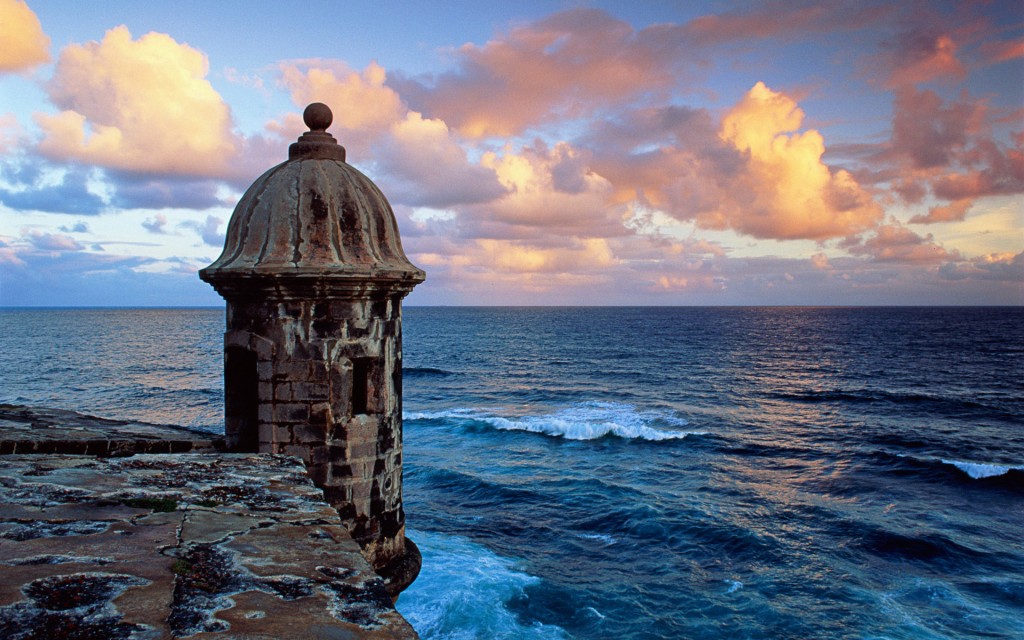
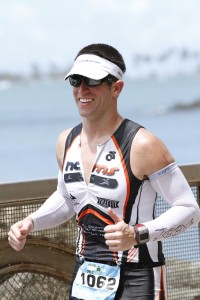
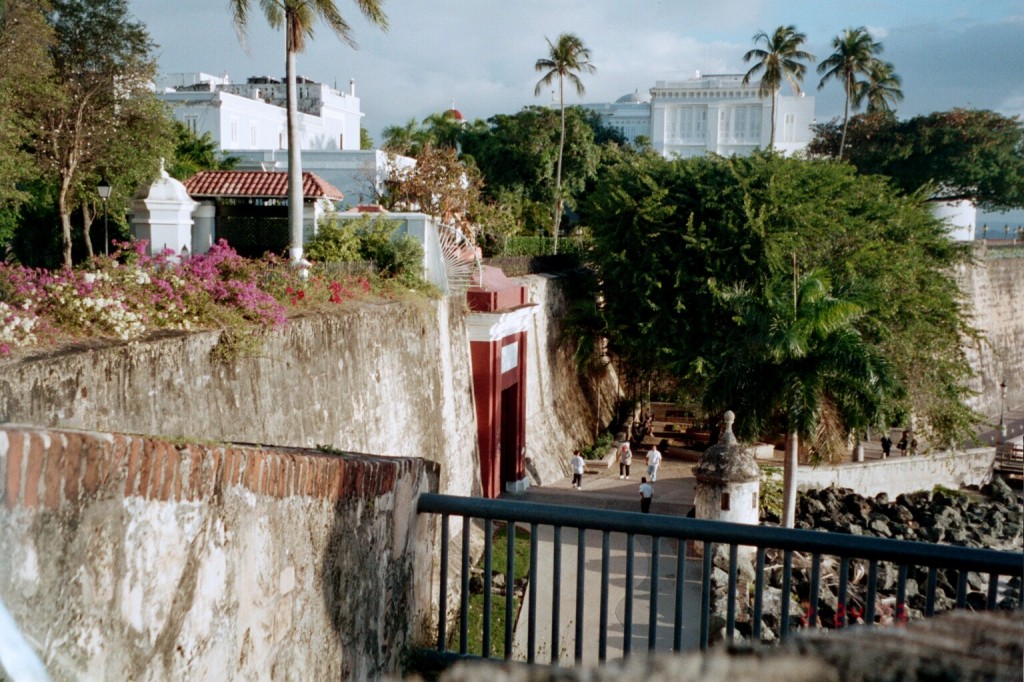
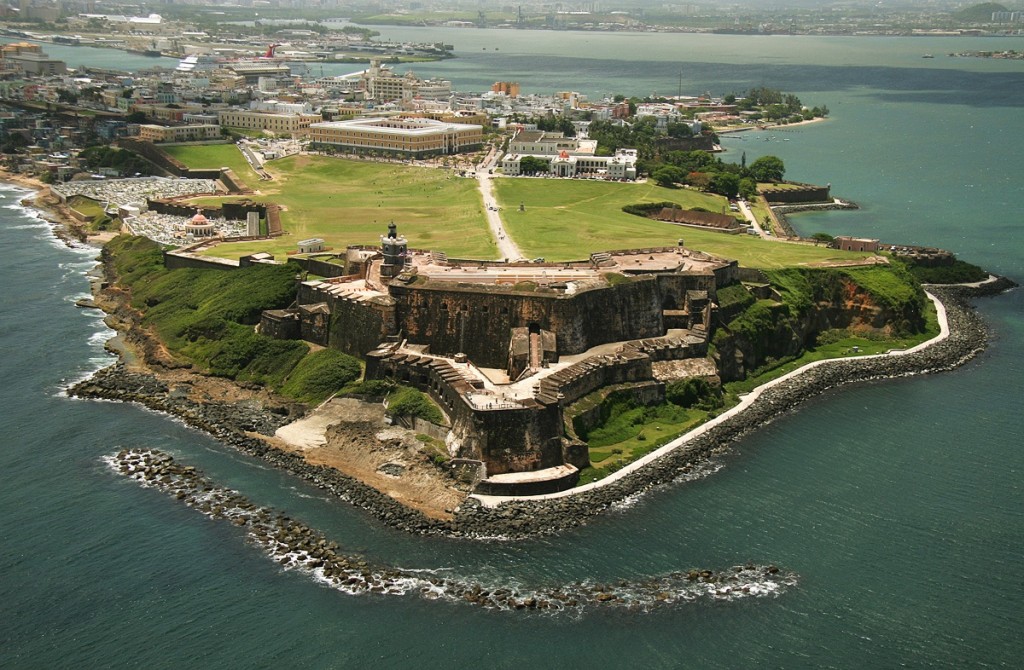
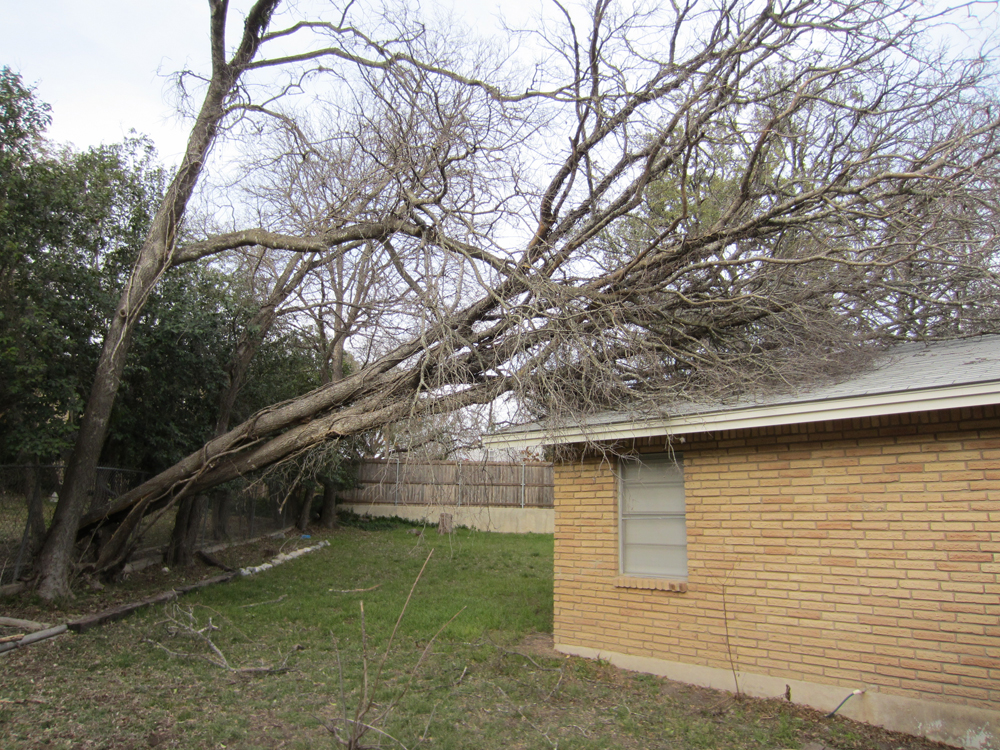
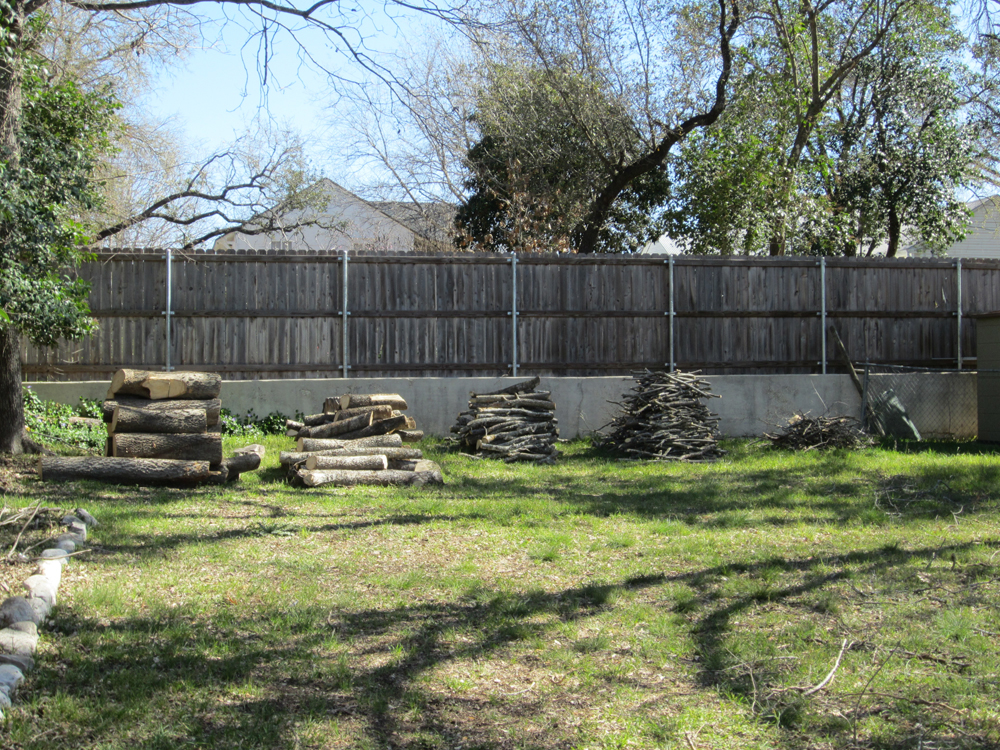

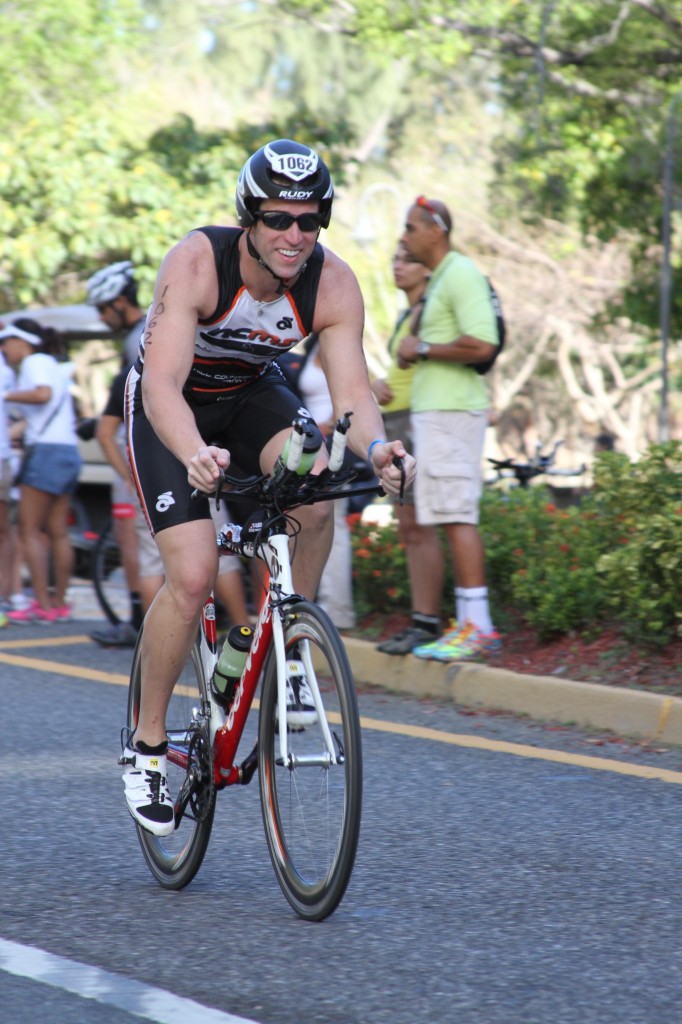
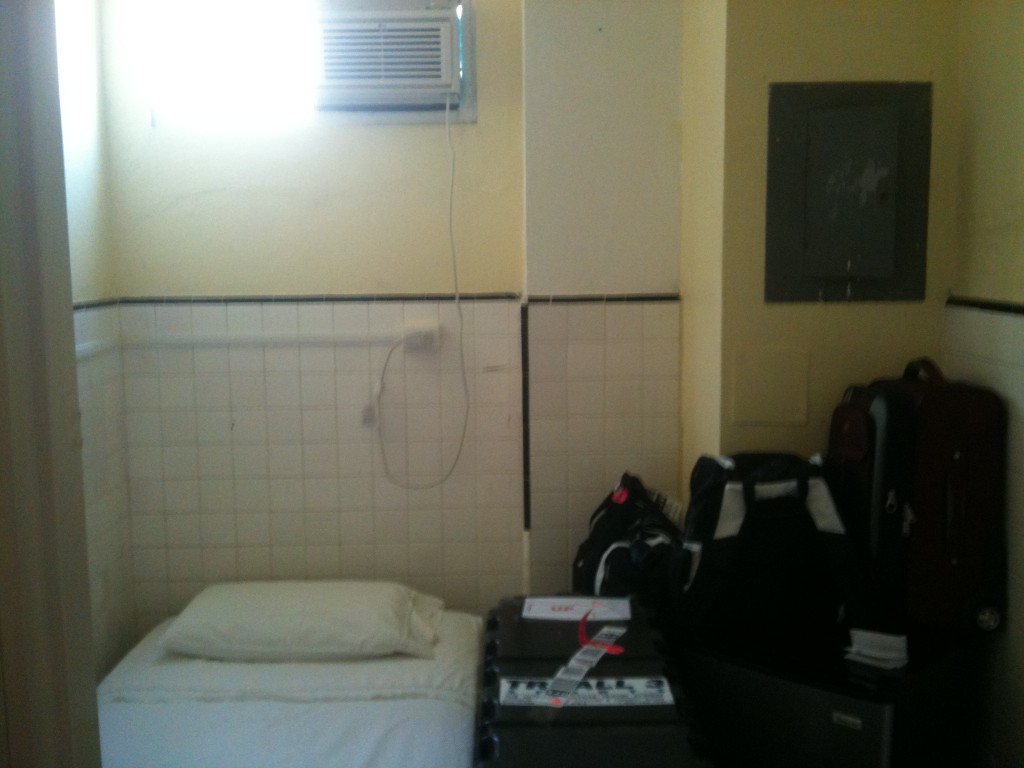
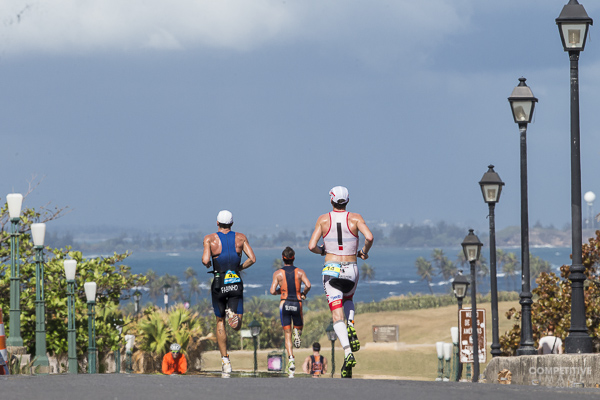
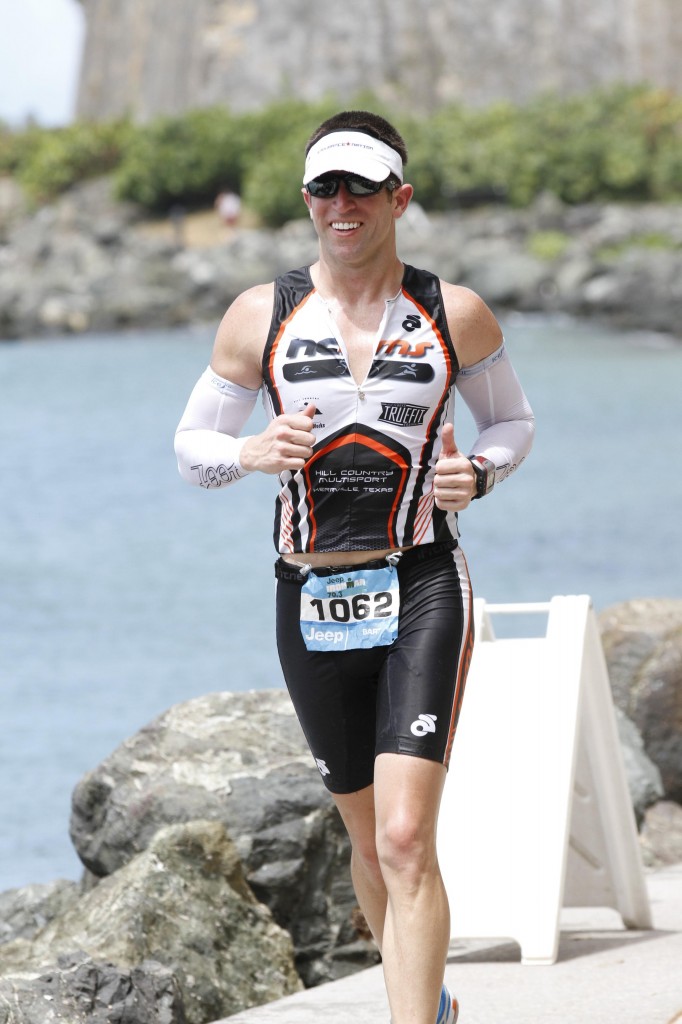
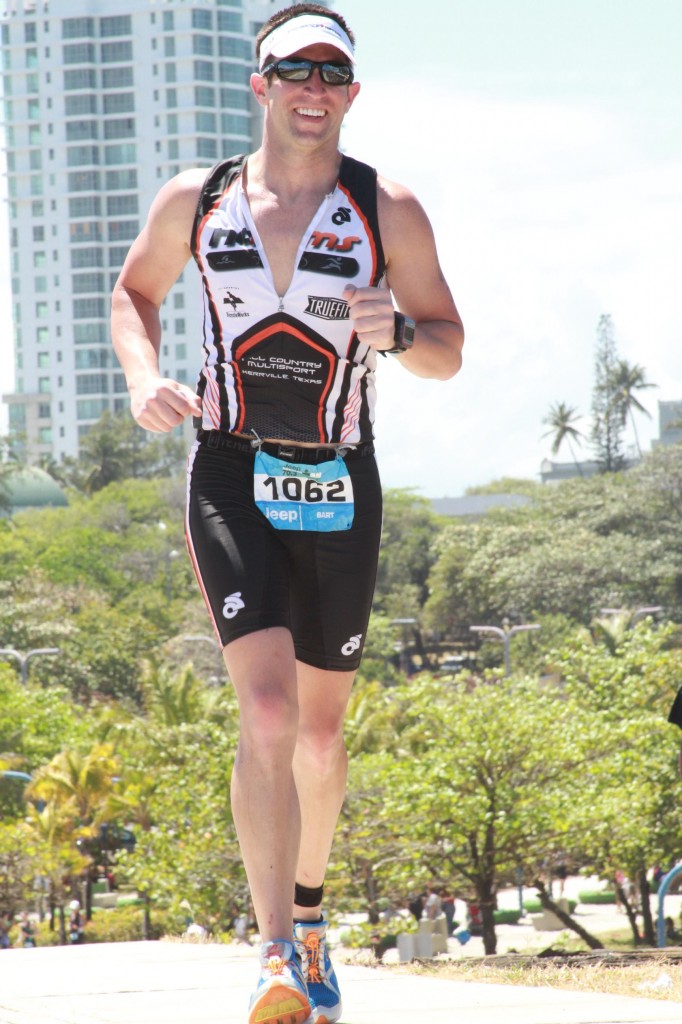
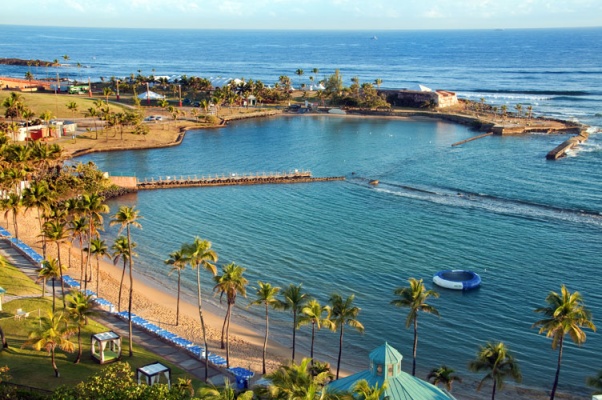

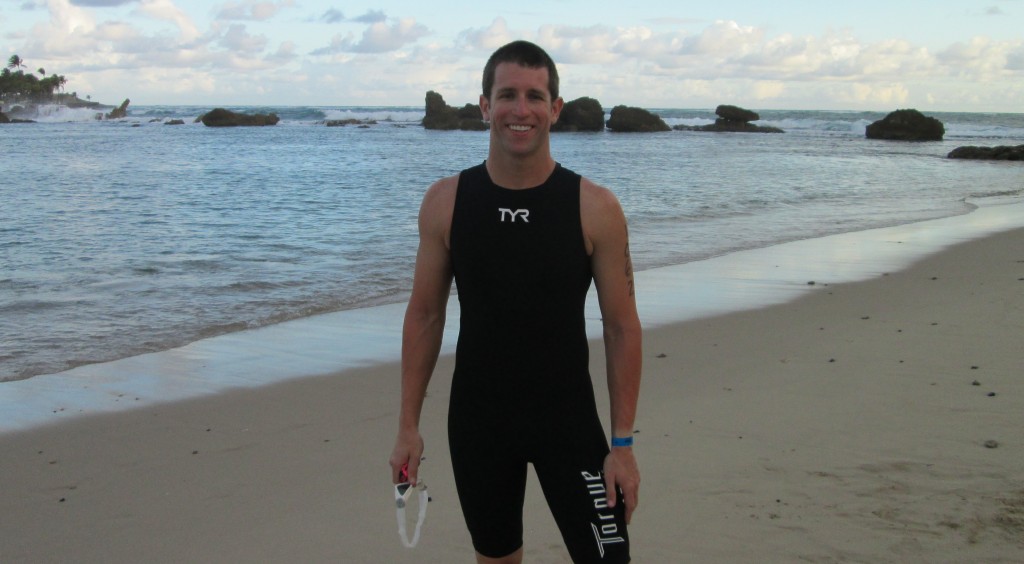
Comments
I think the real reason you didn't have the mojo on the run wasn't the flu, but the fact that you didn't bring the sunglasses you found at IMCDA to this venue. In fact, you should have worn them on the plane with shorts and compression socks to really show the Douchey McDouchers how to do it!
Good luck on your next adventure. Since I did St Croix last year, let me give you some advice...don't try to take the Tri All 3 case on the leg down unless you have a direct flight in with a large jet. I used Jet Blue back to SJ, then made sure I had their jet to St Croix.
What a beautiful venue for a race! Might need to put San Juan seriously on the radar screen. By the way, I also read your CDA 2012 race report. Bart, you are truly the DC Rainmaker of race reports
Seriously amazing report - 5 out of 5 for sure, and mad bonus points for remaining Ridiculously Photogenic Triathlete Guy throughout the day!
It's 2013. That has no place here.
I was tempted to stop after your libertarian rant at the beginning, but thought I'd give it the benefit of the doubt.
This is triathlon, a sport that is great in no small part because it is inclusive of everyone. You're entitled to your opinions. Please express them elsewhere.
It's unlikely that Jess and I will be traveling that far away to do a race, but you sure make a compelling case. I can guarantee you with 100% certainty that if we ever do that race that we will NOT be staying in the Hostel...